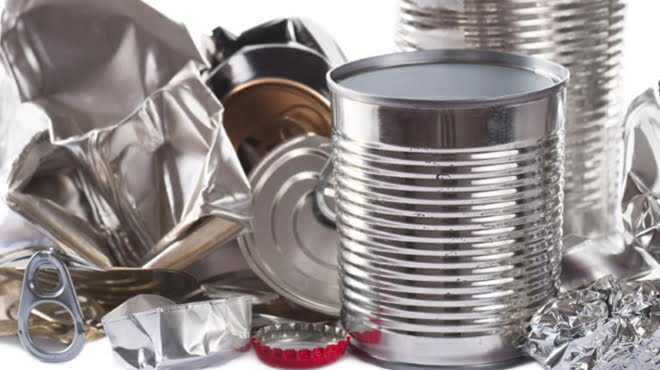The world of packaging is changing rapidly and right before our eyes. Packaging that has been generally accepted as conventional for many years, has suddenly become unacceptable.
Reacting to a very vocal consumer market, as well as statutory and regulatory pressures that demand alternative, environmentally responsible packaging, marketing gurus and brand owners are gradually seeing the merits of circular economies of aluminium and tinplate packaging for their products.
“The world has undoubtedly shifted to a much more sustainable one, and metal packaging is finding itself on the right side of this equation,” says Kishan Singh, CEO of MetPac-SA, the Producer Responsibility Organisation representing the aluminium and tinplate packaging industries in South Africa.
“Metal packaging definitely offers a viable, sustainable alternative and the metal volume slice of the SA Packaging Market is predicted to increase as a result. “I believe that the SA Metal Packaging Industry is offering a proven, sustainable solution to the imminent penalty clauses that will no doubt be imposed by the Department of Environmental Affairs ,” Kishan declares.
The Appeal of Aluminium
One of the aspects that makes aluminium packaging an alluring packaging option, is it’s very high collection and recycling rate.
“Aluminium cans has the highest recycling rate of all packaging materials. It is infinitely recyclable with little loss of the yield of aluminium. It is estimated that roughly 75 % of the aluminium ever produced, is still in use today,” he says.
Another factor that drives the successful collection and recycling of post-consumer aluminium cans the world over, is its economic viability.
“It makes financial sense to all the stakeholders in the value chain to collect and recover as much aluminium cans as possible. Buy-back centres pay well for cans that are collected and brought in by collectors. All the stakeholders in the value chain are able to earn a decent living from their efforts, and this in turn drives the effective collection and recovery even further – preventing the cans from ending up in landfill, or even worse still – in the environment or in the ocean,” Kishan explains. In SA, the combined recovery for tinplate and aluminium was recorded at 75.8% in 2017, benchmarking effectively against European recovery rates for the same materials, and MetPacSA is committed to driving this recovery rate to just over 80% over the next 5 years.
Versatility and Design
Because aluminium cans are very light, it reduces the transport costs and CO² emissions. In addition, they are stackable, physically strong and allow brand owners and packaging designers the freedom to be creative when it comes to sizes, design and colours that can be used for on-pack printing to attract the attention of potential buyers.
Affirms Kishan: “For brand owners, the ideal packaging must make sense on all the levels and should tick all the boxes – financially, environmentally and practically. Aluminium packaging offers a solution that is workable, easy to implement and makes sense on a financial and environmental level”.
Local role-players weigh in
Commenting on how the demand for sustainable packaging alternatives has impacted their business, Richard Jacob, CEO of Hulamin (supplier of aluminium to local and international can manufacturers and a member of MetPac-SA) recently told Moneyweb journalist Sasha Planting: “I’m very optimistic about the future of aluminium … as we are seeing a significant global trend away from plastic to aluminium [from both vehicle and beverage can manufacturers].”
Local packaging company Nampak, which derives 64% of its revenue and 88% of its operating profit from its metals businesses, has manufacturing plants in some of the toughest countries in the world, such as Angola, Nigeria and Ethiopia.
“We are definitely seeing a greater awareness among producers, retailers and consumers on the impact of packaging on the environment,” André de Ruyter, CEO of Nampak told Moneyweb. “However, the solution does not lie with simply replacing plastic with aluminium. It is more complex than that. For companies like ourselves, the opportunity lies in finding innovative solutions to customer sustainability concerns”, he explained.
Agreeing with this sentiment, Casper Durandt, Head of Packaging, Sustainability and Waste Management at Coca-Cola Africa said: “Addressing the proliferation of waste in our environment requires a three-pronged approach. This is the design of more recycling-friendly packaging, improving collection rates, and partnering with other organisations to ensure infrastructure is established, appropriate policies are developed and attitudes towards littering and recycling are changed”. Durandt added that Coca-Cola is currently working with its packaging partners to make its packaging 100 % recyclable by 2025 and to use 50 % recycled content in all primary packaging by 2030.
